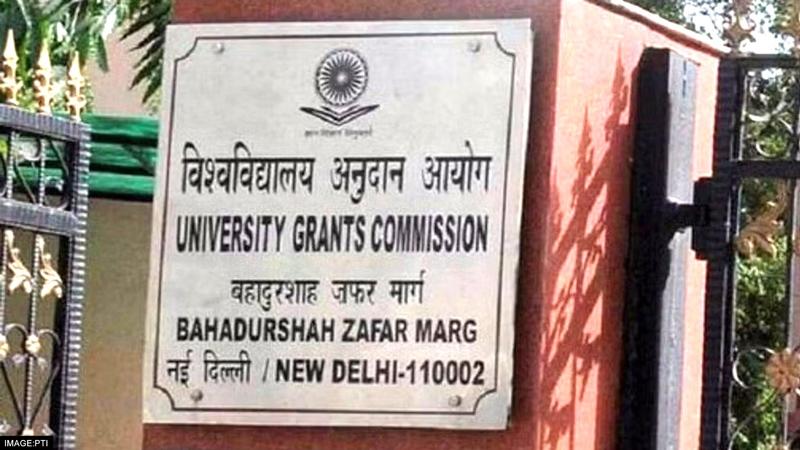Published 09:27 IST, June 17th 2024
UGC Releases New Curriculum Framework for Post-Graduate Programs with Multiple Entry, Exit Options
UGC has released the "Curriculum and Credit Framework for Post-Graduate Programmes," introducing significant changes aimed at increasing flexibility.

UGC | Image:
PTI
- Listen to this article
- 3 min read
Advertisement
09:27 IST, June 17th 2024




